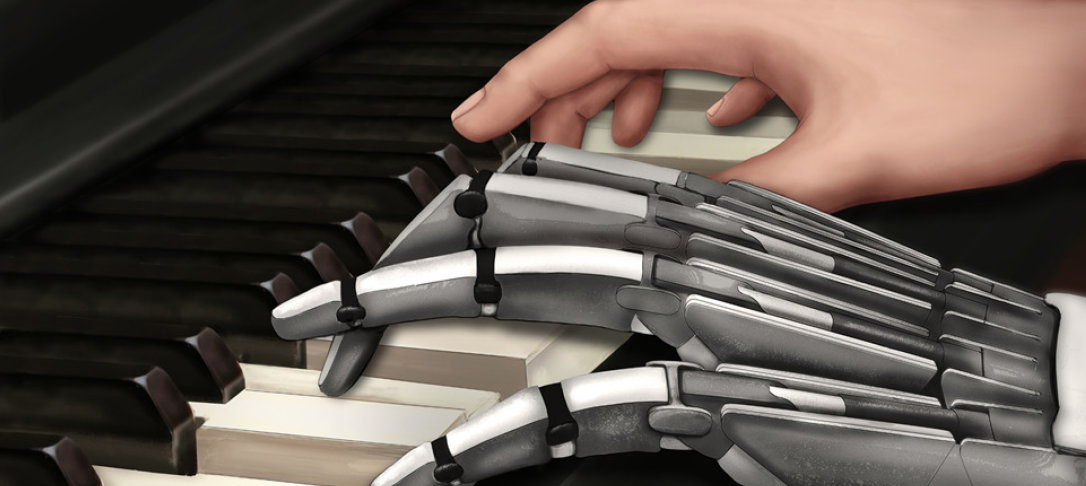
This seminar has been postponed but will be rescheduled at a later date.
Joint seminar: Centre for Neurotechnology and UKRI CDT in AI for Healthcare
Sliman Bensmaia
James and Karen Frank Family Professor, Department of Organismal Biology and Anatomy
Committee on Computational Neuroscience
Grossman Institute for Neuroscience, Quantitative Biology, and Human Behaviour, University of Chicago
Abstract
Stereognosis – the sense of the three dimensional shape of objects, acquired from sensory signals arising from the hand – implies the integration of tactile and proprioceptive signals. At each point of contact with the object, tactile signals convey information about the object’s local contours, for example curvature and edge orientation. Cutaneous signals about local geometric features are then interpreted in the context of where the contact points are relative to one another in space, information that is conveyed by proprioceptive signals. Almost nothing is known about how tactile information is integrated with its proprioceptive counterpart to give rise to stereognosis. The integration of signals from this uniquely deformable sensory sheet with signals about its conformation implies heretofore unknown mechanisms. I will discuss ongoing efforts in the lab to unravel the neural basis of stereognosis.
A rapidly expanding body of work has shown that robotic hands endow their users with greater dexterity when sensory feedback is provided. Furthermore, recent evidence suggests that sensory feedback that mimics natural neuronal signals confers greater functional benefits to the prosthetics user than does feedback that simply tracks the output of sensors on the prosthesis. I will discuss our efforts to leverage our understanding of the neural mechanisms of touch to convey ever more naturalistic tactile feedback by electrically stimulating the nerves (for amputees) or the brain (for tetraplegic patients).


